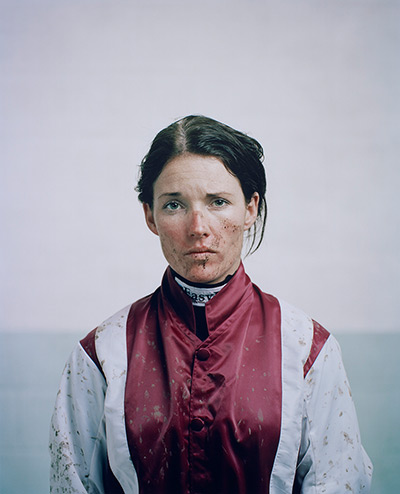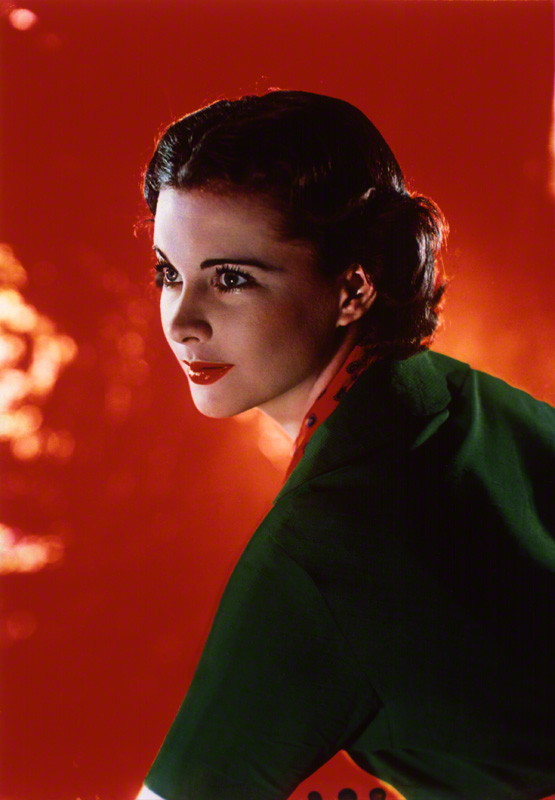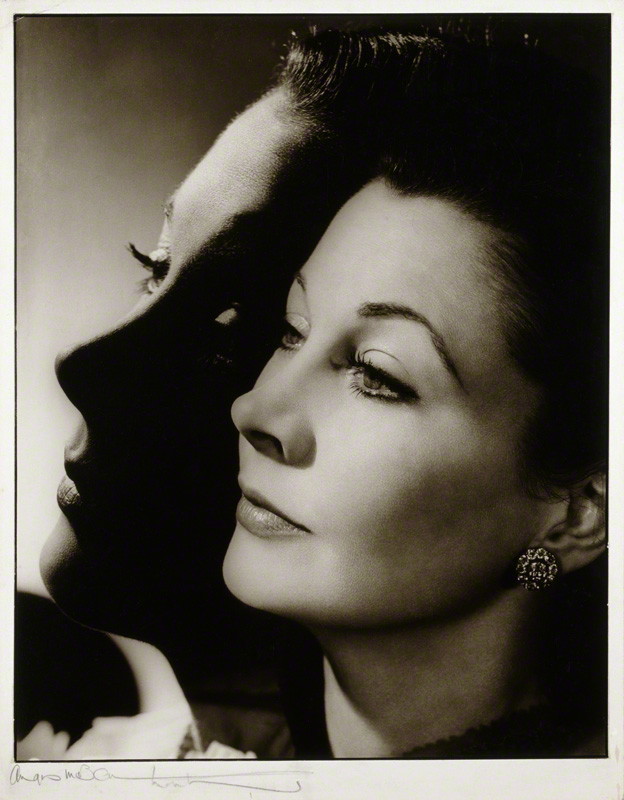
The Prize Winner: Katie Walsh by Spencer Murphy
Well the state of contemporary portrait photography does not appear to be the healthiest judging by the show at the National Portrait Gallery. Or maybe it is the judges who are incapable of choosing examples of truly photographic images which amaze and excite us. This possibility is suggested by giving the £12,000 prize to an enlarged photo booth style picture which is badly cropped and flatly printed. Many other entries appear to be box ticking exercises to fulfil some imagined social criteria not directly relevant to the art of photography. Some pictures were parts of a monograph which do not stand up when taken out of context, or journalistic commissions featuring famous people and formula photography. The number of people either sitting on chairs or looking straight to camera is stultifying and there appears to be a strange obsession with gypsies and twins. Of course there is a photograph of The Queen, in this case a tiny and unpleasant snatch shot. In these portraits nobody is doing or expressing anything, there are hardly any actual physiognomic examinations (surely the essence of portrait photography) and certainly a lack of technical exploration. The formulaic and unadventurous nature of the Taylor Wessing Prize is demonstrated by the previous years entries which could replace this year without anyone noticing.
The exhibition was cramped (£3 for 3 small rooms) and clumsily laid out with the prizewinner hidden in a corner (halving the potential viewers) and many pictures stacked one above the other making viewing difficult. The lack of respect for the skills of photography was demonstrated by the fact that there were no technical details whatsoever.
My criticism of this show was reinforced when I nipped upstairs to see the free Starring Vivien Leigh: A Centenary Celebration exhibition, featuring 2 portrait photographs by Madame Yevonde and and Angus McBean which are truly photographic images and far superior to anything on view downstairs.

The Madame Yevonde portrait was taken at an acute angle in vivid dye-transfer Technicolor in 1936 and was more daring in its posing and use of colour than anything on view in the 2013 selection.

The Angus McBean portrait is a monochrome double exposure print from 1952 nearly in silhouette, both more technically adventurous and revealing than any of the contemporary work. Surely the judges could have found some equally strong work in 2013?
PS “Fabio” did raise a smile..
Postscript 2016
The Guardian says the 2016 £15.000 winner is “An apparently simple and straightforward picture of a boy in his school uniform”. The Judges say “something beautiful out of the everyday”. Oh yes the Judges have chosen another incredibly boring photobooth shot !
